
Located in the eastern part of North Carolina, Mattamuskeet National Wildlife Refuge is a haven for a wide variety of wildlife, as well as home to a fascinating historic landmark. It is tucked away among small fishing villages and old family farms, between the Albemarle and Pamlico Sounds. This off-the-beaten-path treasure is made up of more than 50,000 acres, including the 40,000-acre Lake Mattamuskeet. The lake was originally double its current size, but in the early 1900's the New Holland Drainage District was formed to drain the lake and establish a farming community in the lake bed. After a few failed attempts the project was abandoned and the property was turned over to the United States Government in 1934. It is now a popular destination for outdoor enthusiasts and sportsmen alike.
The refuge offers many recreational opportunities. Two photo blinds are available for photographers to use on a first come, first served basis. There are also walking trails, boat ramps and many fishing locations. During the hunting season, deer and duck hunts are offered through a lottery system.
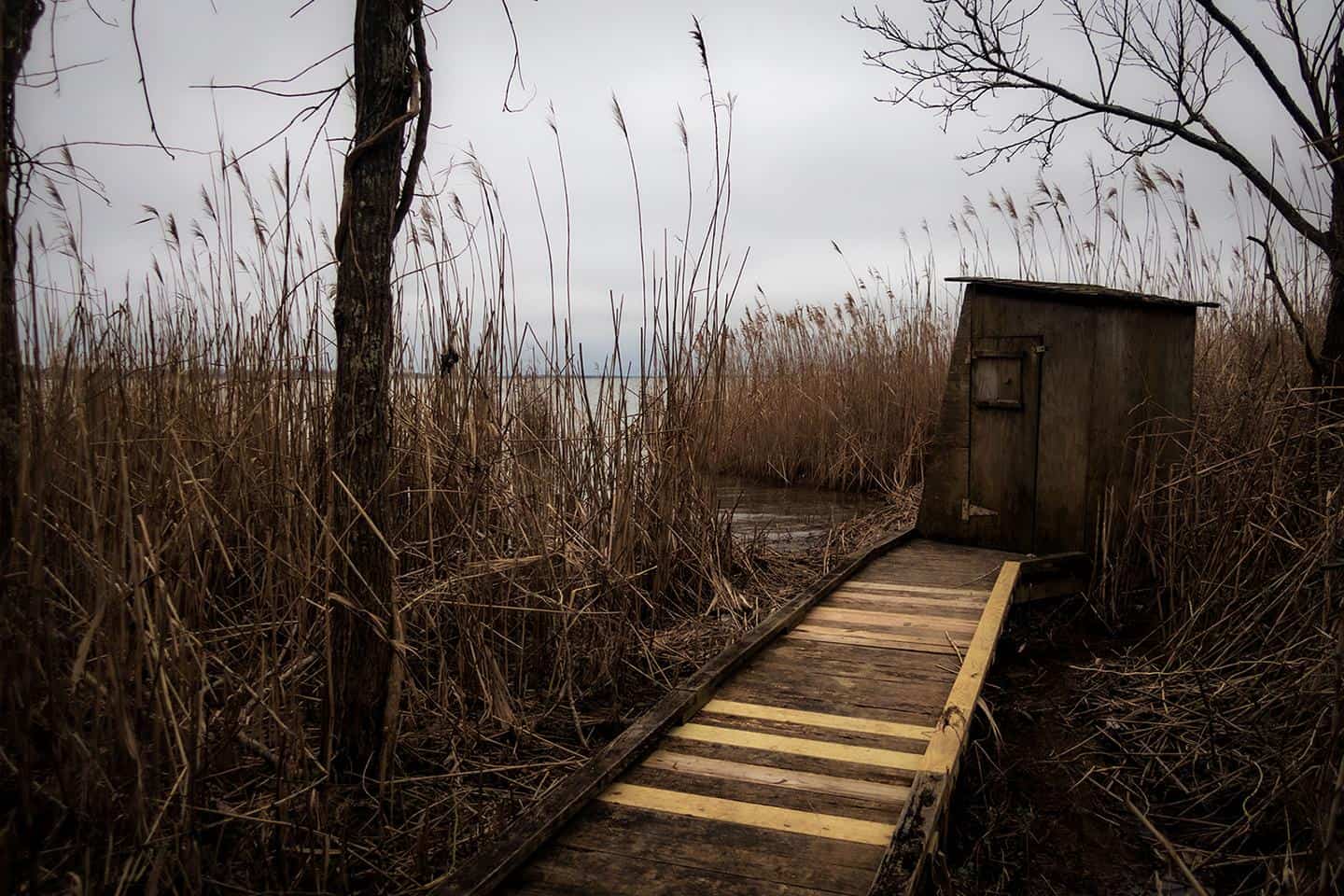
photography by: Terry Shelton
The old Mattamuskeet Lodge is one of the most recognized landmarks in the area. The Lodge was originally a pump station that was built in the early days of the New Holland Drainage District and was used to drain the lake. The Main Canal connected the lake to the pump house. At the time it was the largest pump station of its kind in the world. It became too costly to maintain and operate, and the New Holland project was abandoned. In the 1930’s it became a hunting lodge and meeting place. It was later turned over to the state of North Carolina and currently there are plans to restore and reopen it as a museum and community center.

photography by: Terry Shelton
The homes and livelihoods of the residents of Hyde County depend heavily on flood control. A series of canals connect nearby farms and villages to Lake Mattamuskeet which, in turn, is connected to the Pamlico Sound by the larger Outfall Canal. Tide gates, like the one pictured bellow help control the water flow and maintain the water level of the lake. This is also a popular fishing spot and wildlife viewing area.

photography by: Terry Shelton
Appropriately named Entrance Road, it is the main road into the refuge. It can be quite foggy in the early morning. In the winter you will likely see hundreds of tundra swans and snow geese, as well as a variety of waterfowl, along this route.

photography by: Terry Shelton
Varied and abundant wildlife can be found in Mattamuskeet National Wildlife Refuge year-round. It lies along the Atlantic Flyway and is the winter home to thousands of tundra swans and snow geese, as well as various species of ducks and wading birds. Black bears roam the area, and you might even spot a rare red wolf. Bald eagles are seen in large numbers around the lake fishing or feeding on smaller waterfowl species. Opossums, foxes, raccoons, and bobcats all call the refuge home.
The North American River Otter can be found around Lake Mattamuskeet and splashing through the canals in the surrounding areas. They are generally seen in pairs or family groups and can be highly entertaining to watch. They are an important part of the local ecosystem and help out by feeding on the invasive carp that are crowding out the native fish species.
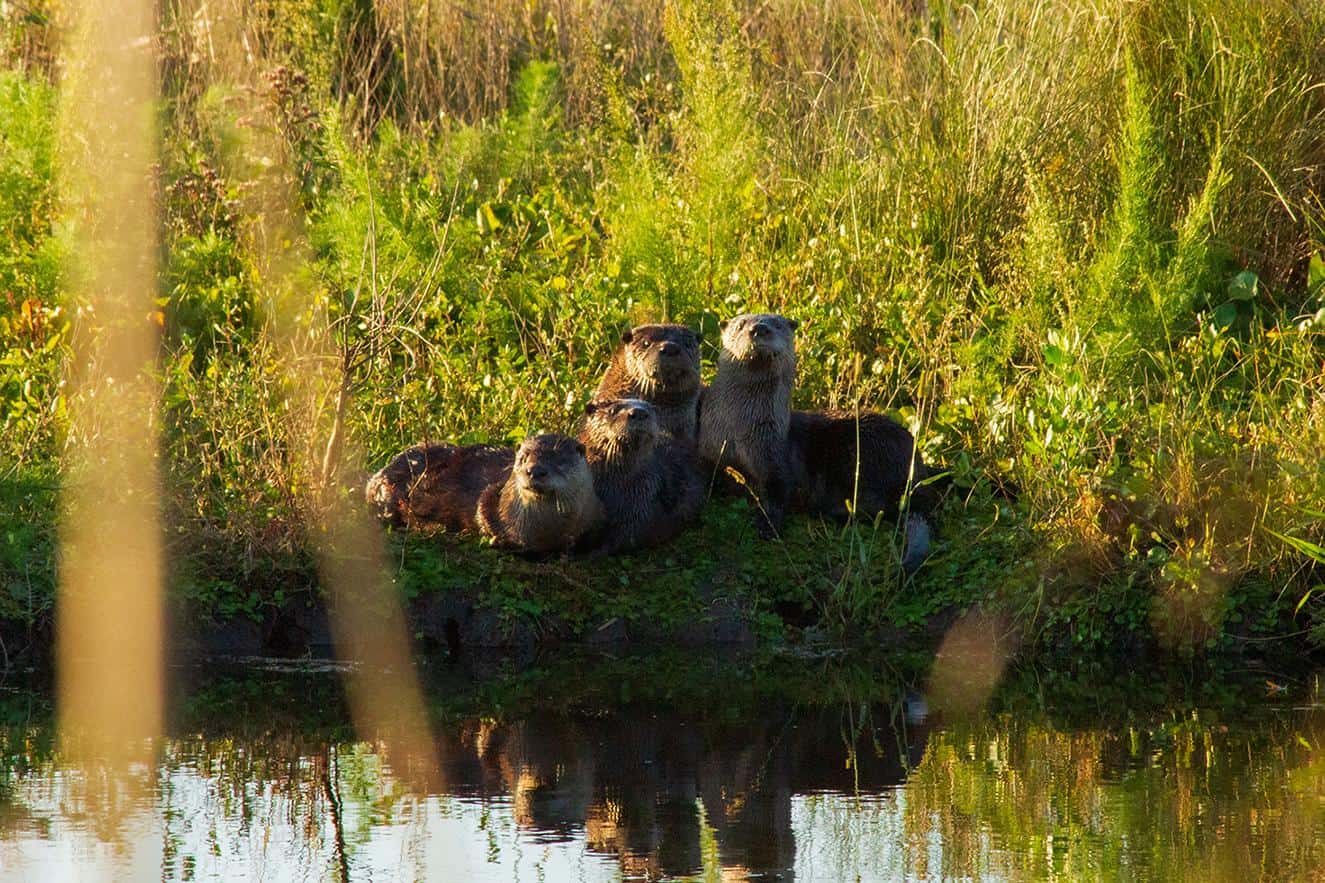
photography by: Terry Shelton
Bald eagles are abundant in coastal North Carolina and Lake Mattamuskeet provides the ideal feeding grounds. These eagles are scavengers and can be seen feeding on road-kill along with the black and turkey vultures in the area. You may be fortunate enough to see one grab a fish, or even one of the small ducks or coots, from the lake.
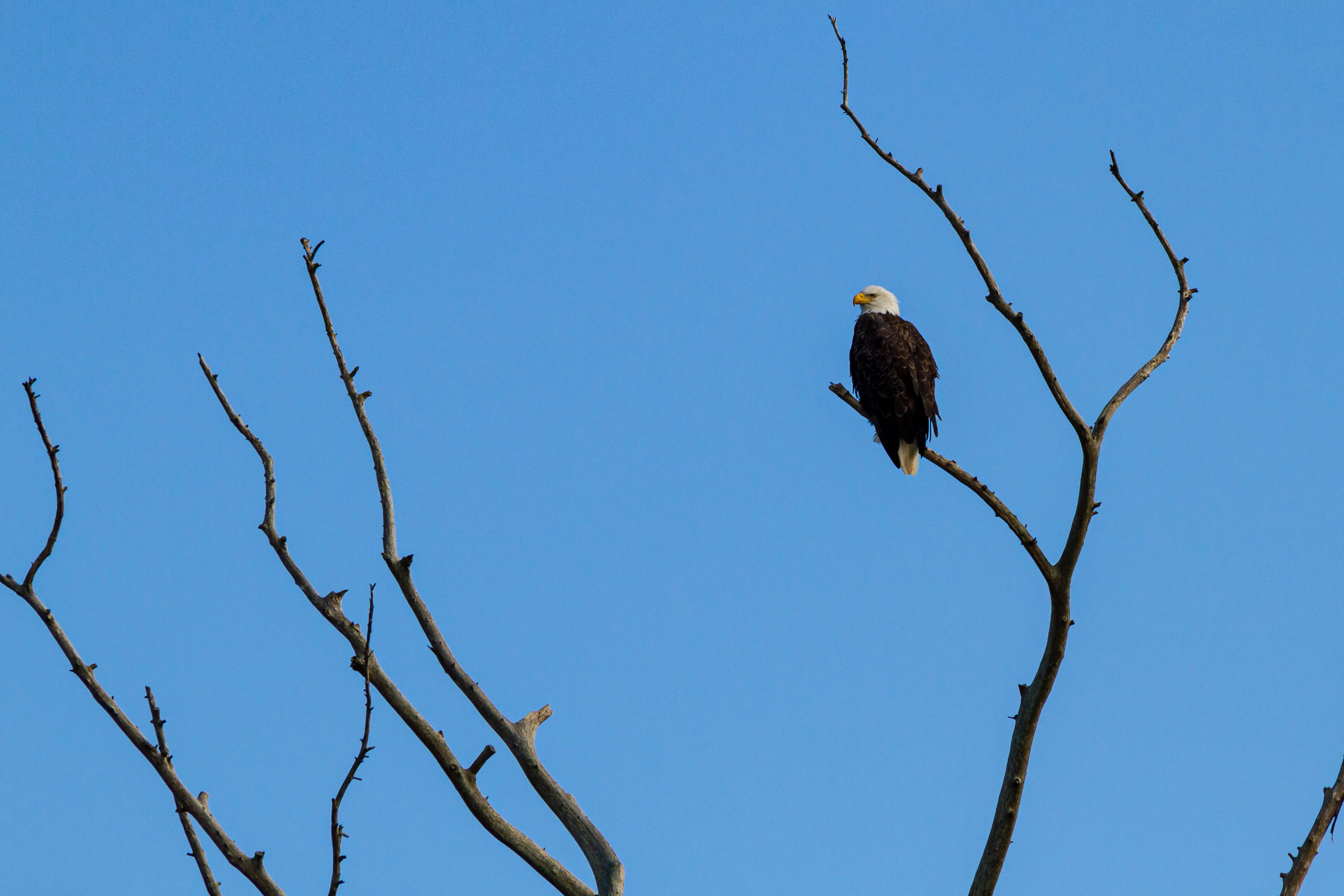
photography by: Terry Shelton
In the winter time, tundra swans and snow geese migrate south to Lake Mattamuskeet and the surrounding areas. They can be found in the thousands on the lake and the nearby impoundments. Their calls can be heard throughout the refuge. They typically start arriving in late October or early November and start departing around March.

photography by: Terry Shelton
White tail deer can frequently be seen grazing in the open areas of the refuge, as well as along the roads. Deer hunts are held on the refuge during the season to help maintain healthy populations. Does are the more common sight, but the occasional buck can be spotted.

photography by: Terry Shelton
Great Blue Herons are year-round residents of Lake Mattamuskeet. These large graceful birds are usually seen wading through the shallow waters in search of food. Their diet is varied and consists of reptiles, amphibians, rodents, birds, fish, and crustaceans.
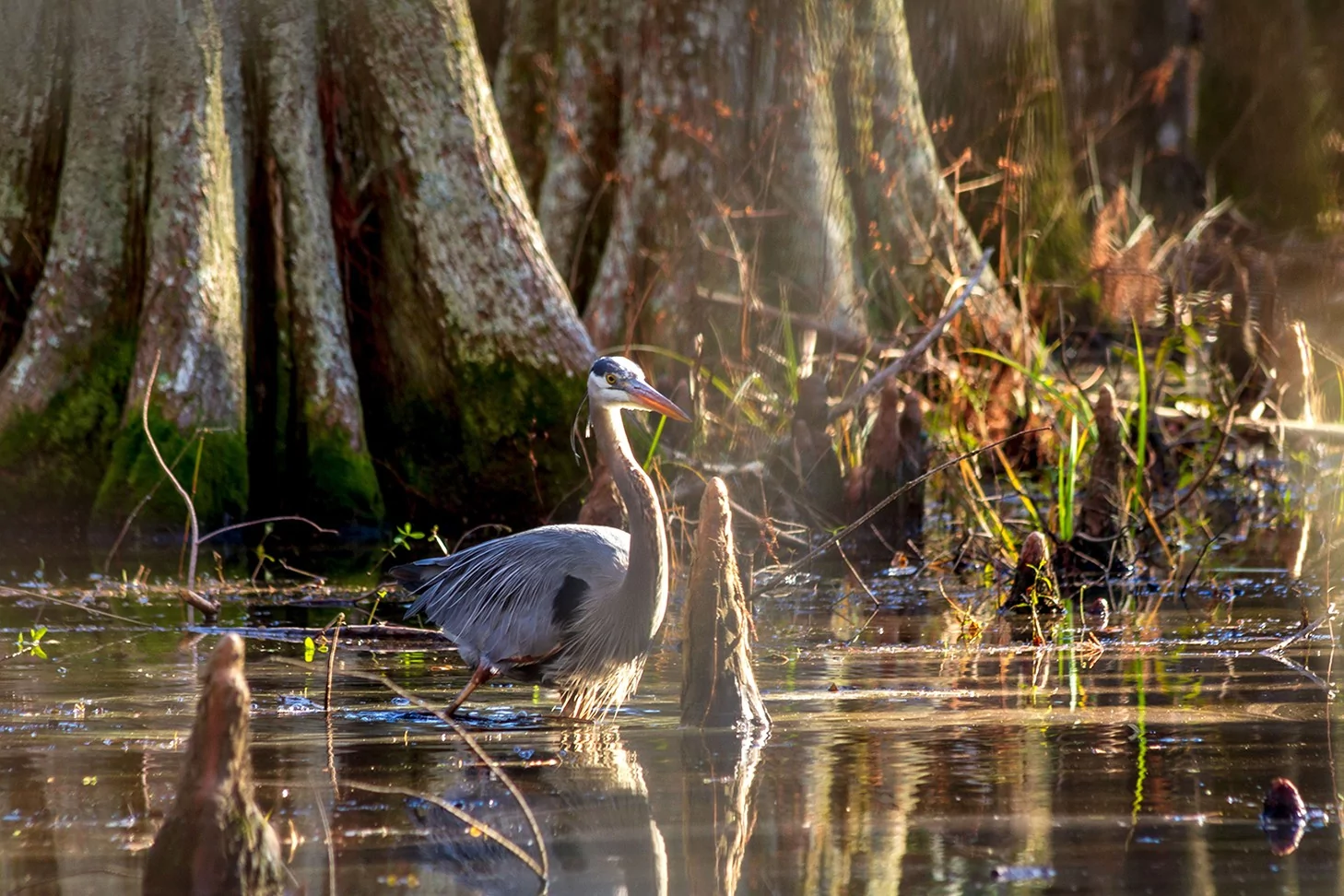
photography by: Terry Shelton
Northern Shovelers are just one of several duck species that spend the winter on the Lake. Shovelers feed in shallow waters and use small protrusions on their bills to filter food from the water. The males are easily recognizable with their iridescent green heads and white neck, while the females are predominantly brown.
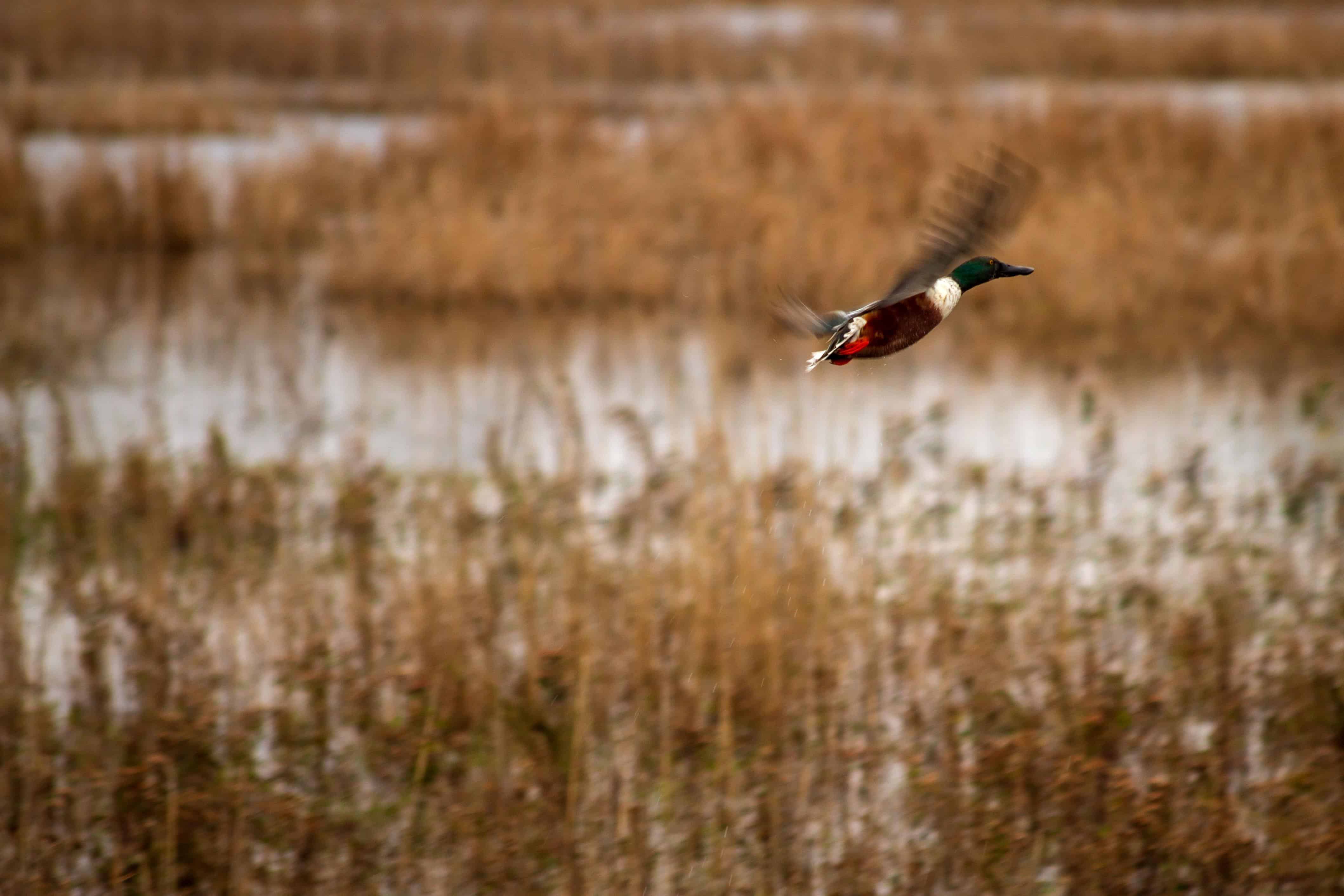
photography by: Terry Shelton
Northern Pintails also migrate to the refuge for the winter. The regal coloring of the male pintail stands out amongst the more vibrant mallards and shovelers. They feed on a variety of aquatic vegetation and plants. Northern Pintail numbers have been plummeting recent years, and they are considered to be in steep decline.
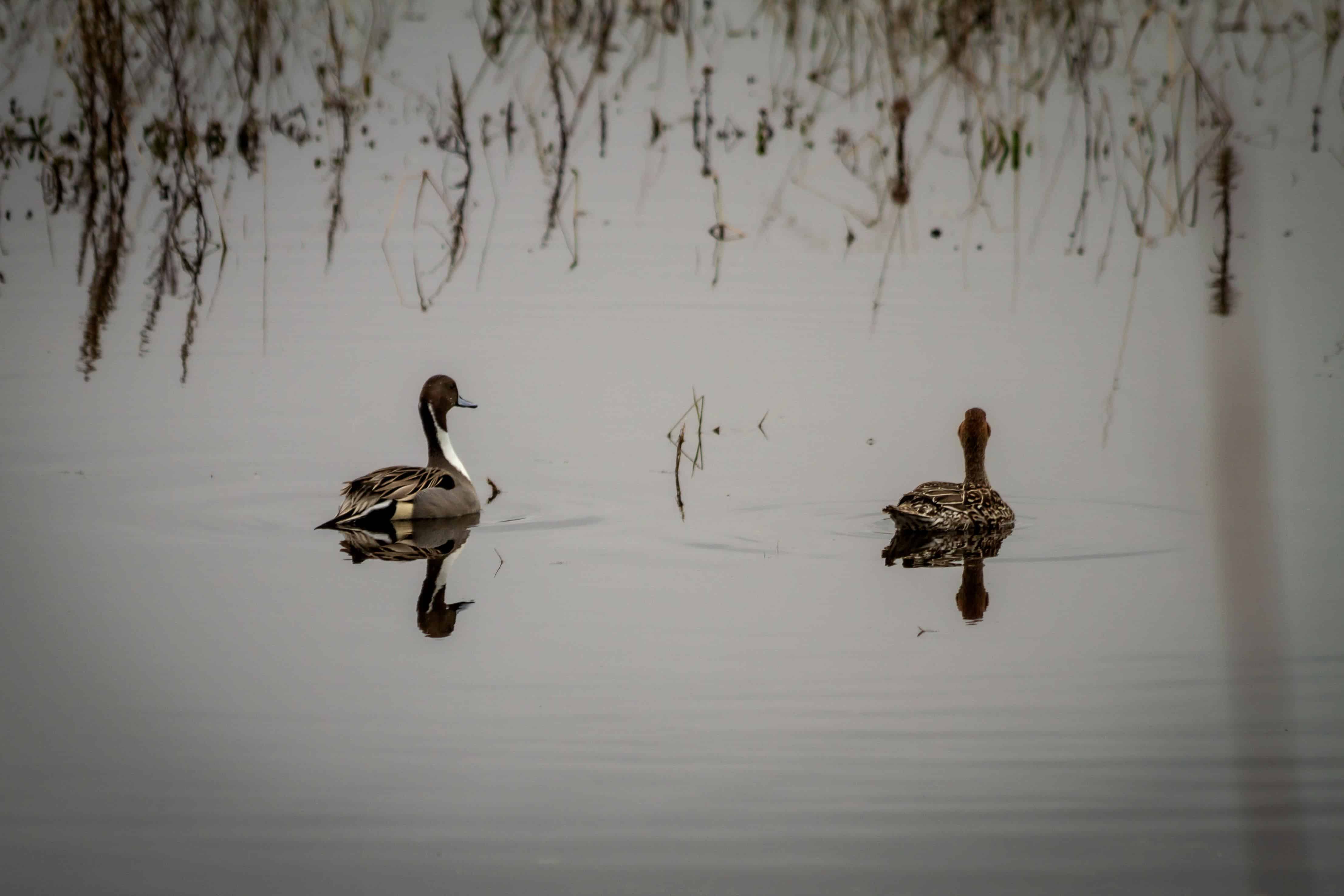
photography by: Terry Shelton
The diversity of the wildlife found at Mattamuskeet National Wildlife Refuge is due to the various habitat types found there. The refuge provides habitats for certain endangered species, such as the red-cockaded woodpecker and red wolf. The health of the ecosystems at Mattamuskeet are key to preserving these and other threatened animals. You can see the effects of conservation in the large numbers of the once-endangered bald eagle.
The most prominent habitat type is open water; Lake Mattamuskeet. This shallow freshwater lake was once a thriving aquatic ecosystem full of game fish and diverse plant life. Today, the refuge staff, along with conservation groups, are battling invasive carp that are starving out the native fish. The loss of submerged aquatic vegetation is another problem the refuge is facing. This is due, in part, to the runoff from local farms that goes into the lake.

photography by: Terry Shelton
Mixed pine hardwood forests are another habitat type found on the refuge and surrounding areas. As the name suggests, this includes hardwood trees such as red maple, as well as pine species like loblolly and pond pines. The loblolly pines found along the Salyer’s Ridge trail in the Rose Bay area are some of the oldest in the state.

photography by: Terry Shelton
The freshwater marshes are one of the most diverse and fascinating areas of the refuge. Cattails and marsh sunflowers can be seen growing along one side of the New Holland trail and giant bald cypress trees along the other side. These marshes act as nature’s water filtration system, and they are a good indicator of the health of the surrounding area.
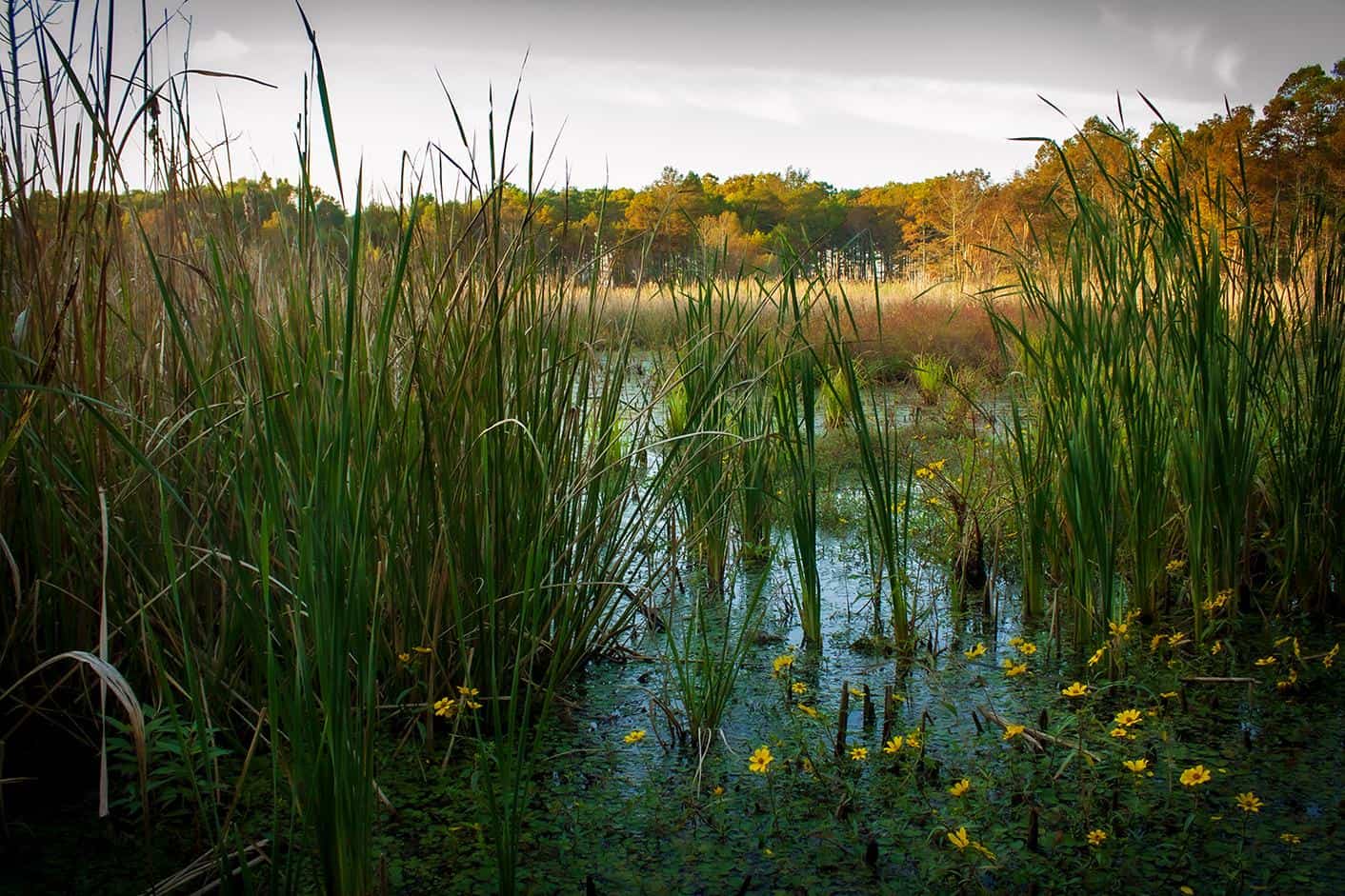
photography by: Terry Shelton
Moist soil units were developed in the 1960s to promote optimum conditions for growing plant life as food for migratory waterfowl. These impoundments are slowly flooded in the fall when the birds start arriving and maintained throughout winter. In the spring they are drained, and sometimes burned and turned over to keep the soil fertile and healthy.
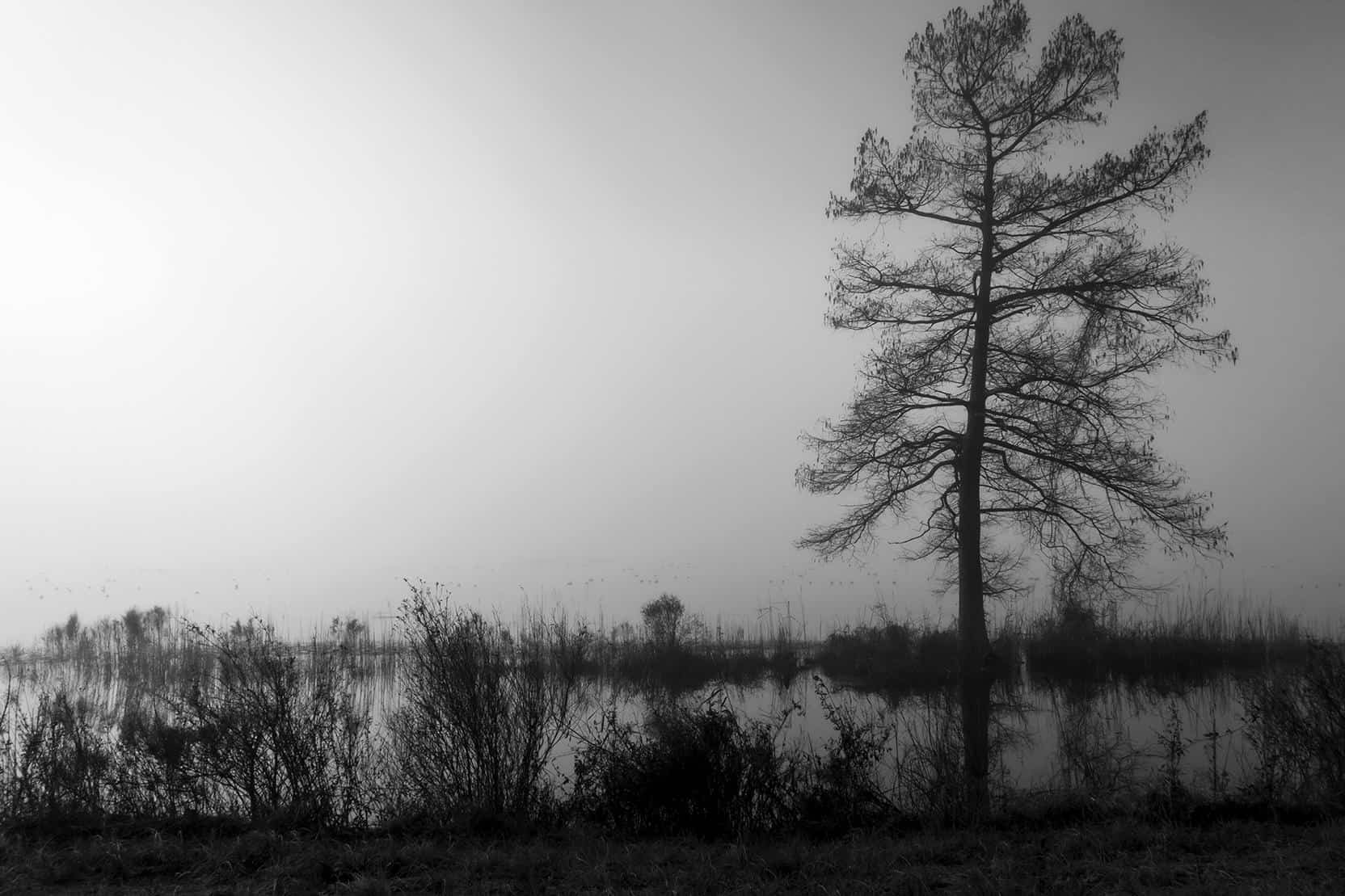
photography by: Terry Shelton
Cypress-gum impoundments provide winter breeding habitats for wood ducks, and other waterfowl. These areas can be flooded seasonally or perpetually under water, depending on the health of the ecosystem.
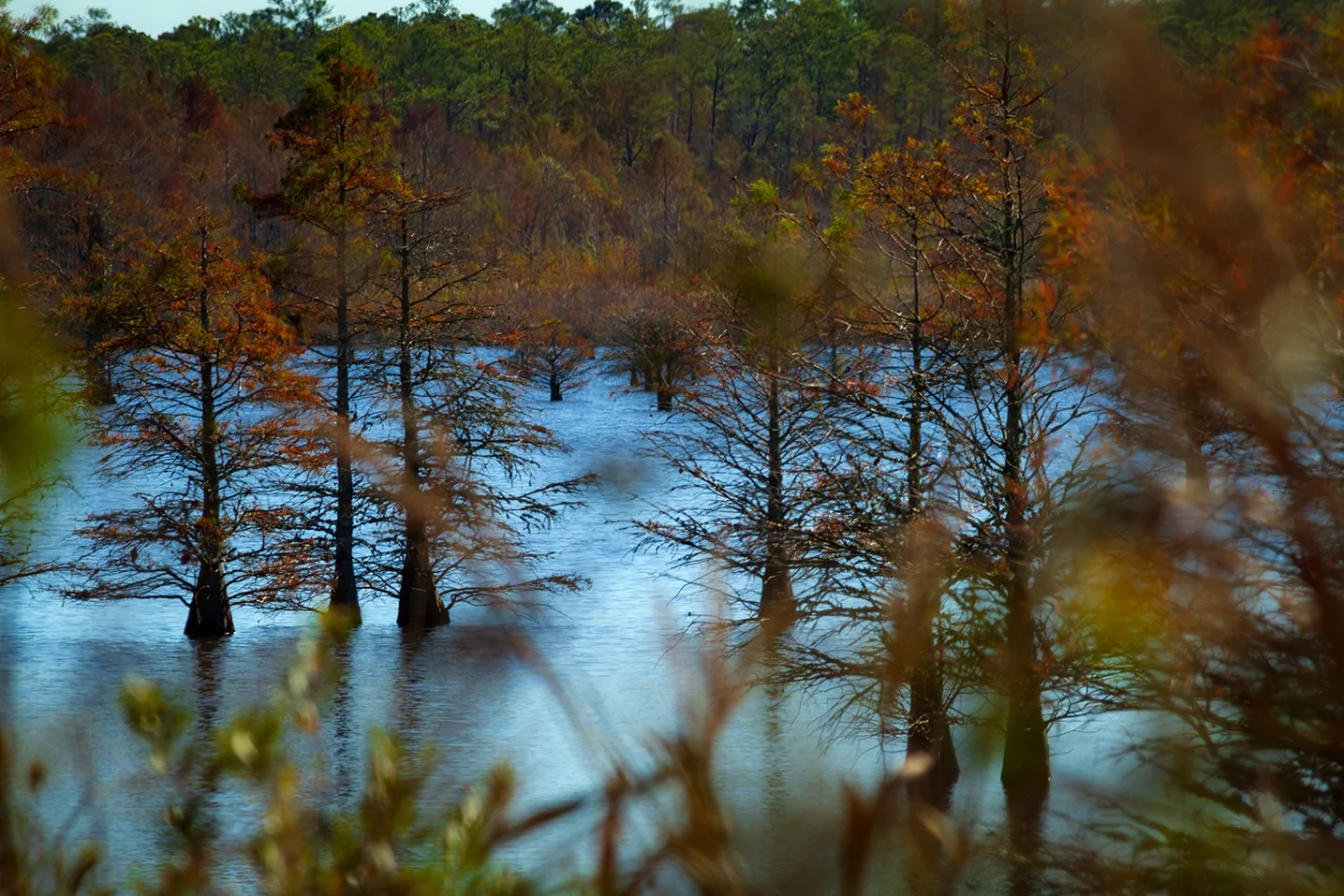
photography by: Terry Shelton
Cypress-gum swamps are dominated by bald cypress trees. You can see the distinctive cypress knees poking up from the shallow water. This is a very diverse ecosystem, providing a home to several species of reptiles and amphibians, waterfowl, raccoons, bats, bear, and otters.
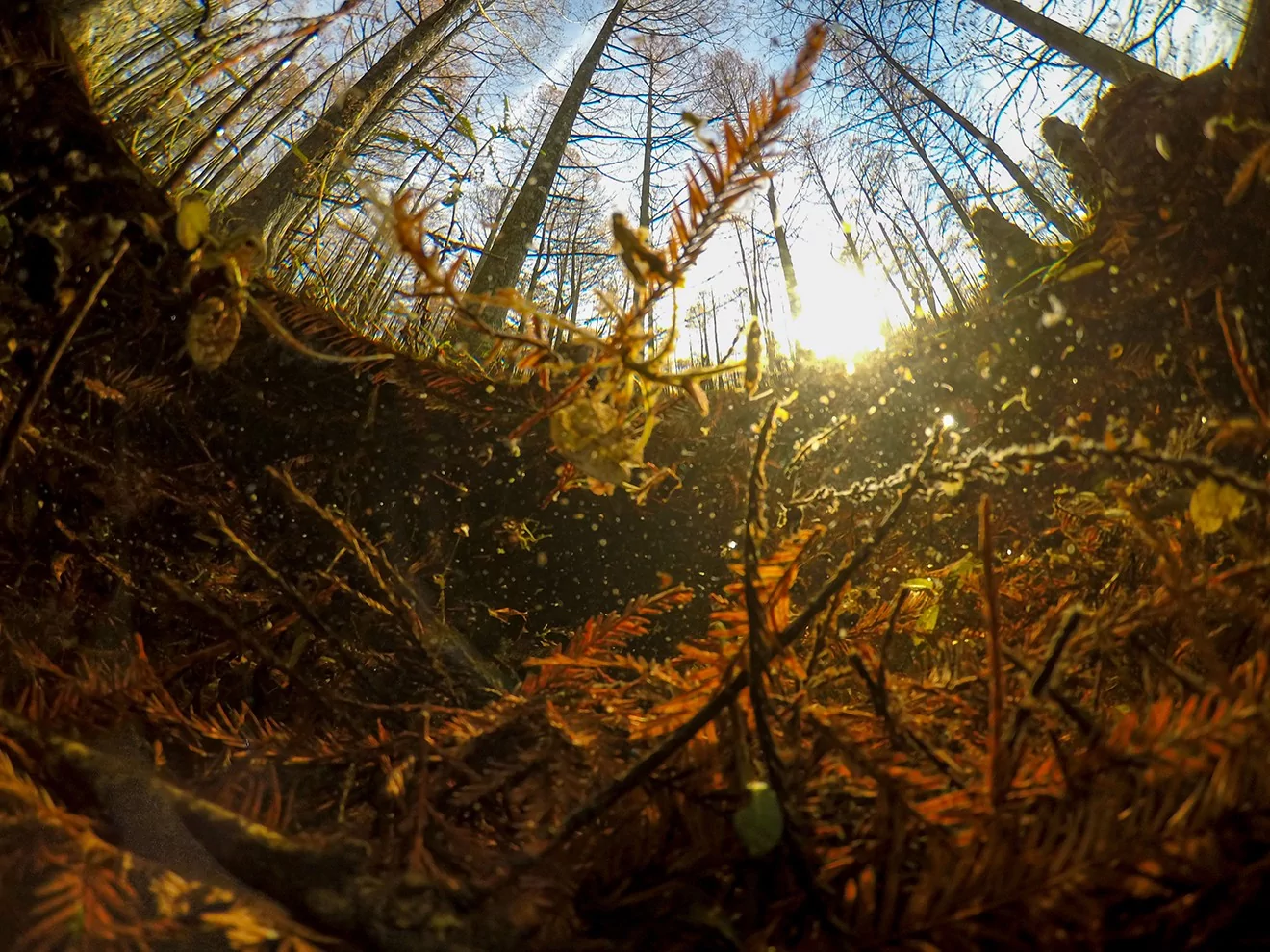
photography by: Terry Shelton
In summary, Mattamuskeet National Wildlife Refuge is a beautiful, off-the-beaten path destination that is worth a visit. There is a delicate balance to be maintained in the varied ecosystems found here, that rely on the support of visitors. Be aware of the effects of climate change and pollution on this beautiful area. Support conservation organizations and educate yourselves on what you can do to be a responsible steward of our wild areas. And lastly, spread the word about these little-known wild areas and what we can do to help.
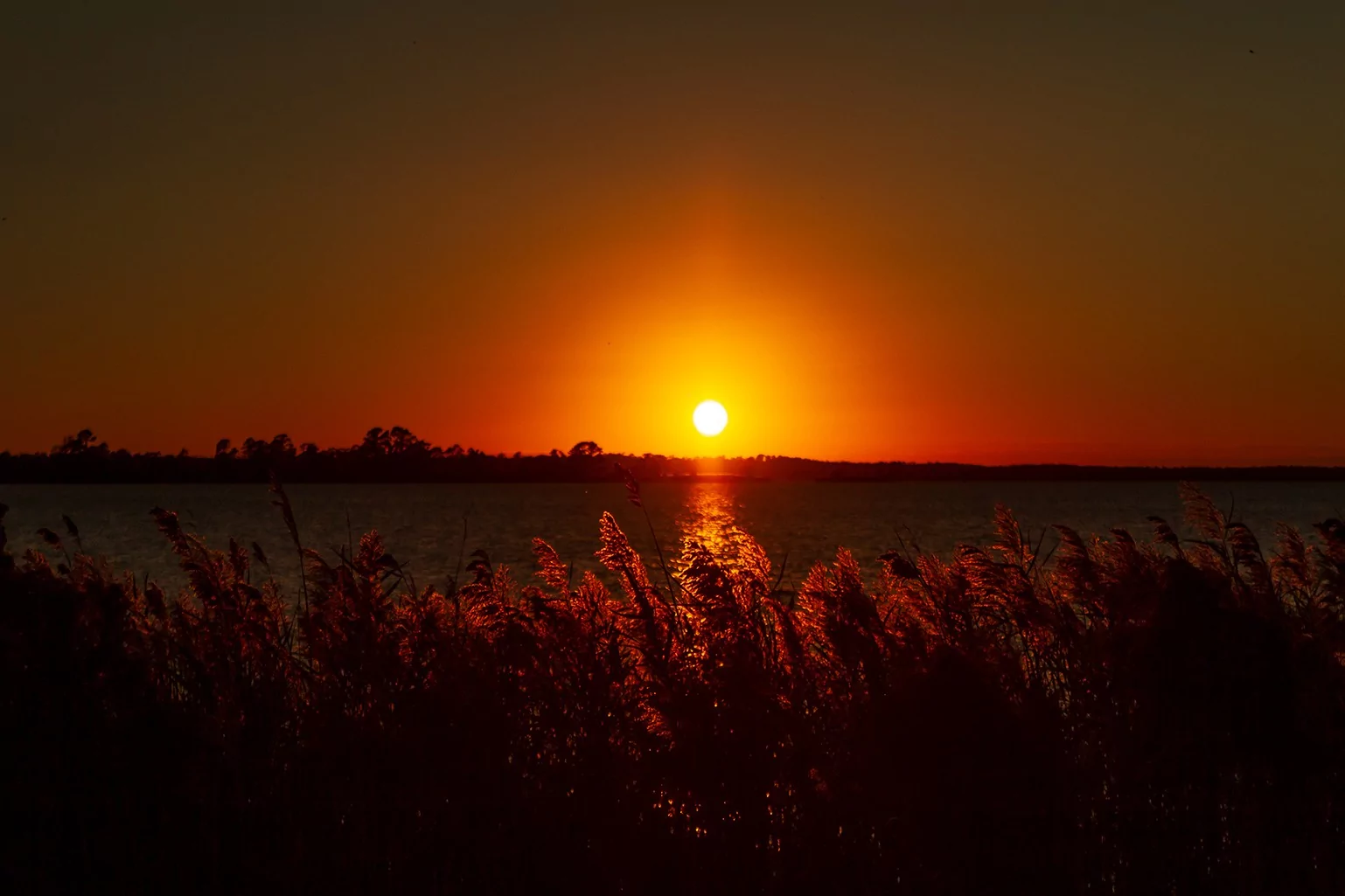
photography by: Terry Shelton
My name is Terry Shelton. I’m a mother, wife, adventurer, and photographer. My focus is on travel and nature photography and conservation writing. I’ve been traveling the country with my husband for two years, exploring new places and volunteering with our wonderful parks and public lands. I look forward to many more years of wandering.
For more content like this visit my Instagram page

photography by: Terry Shelton